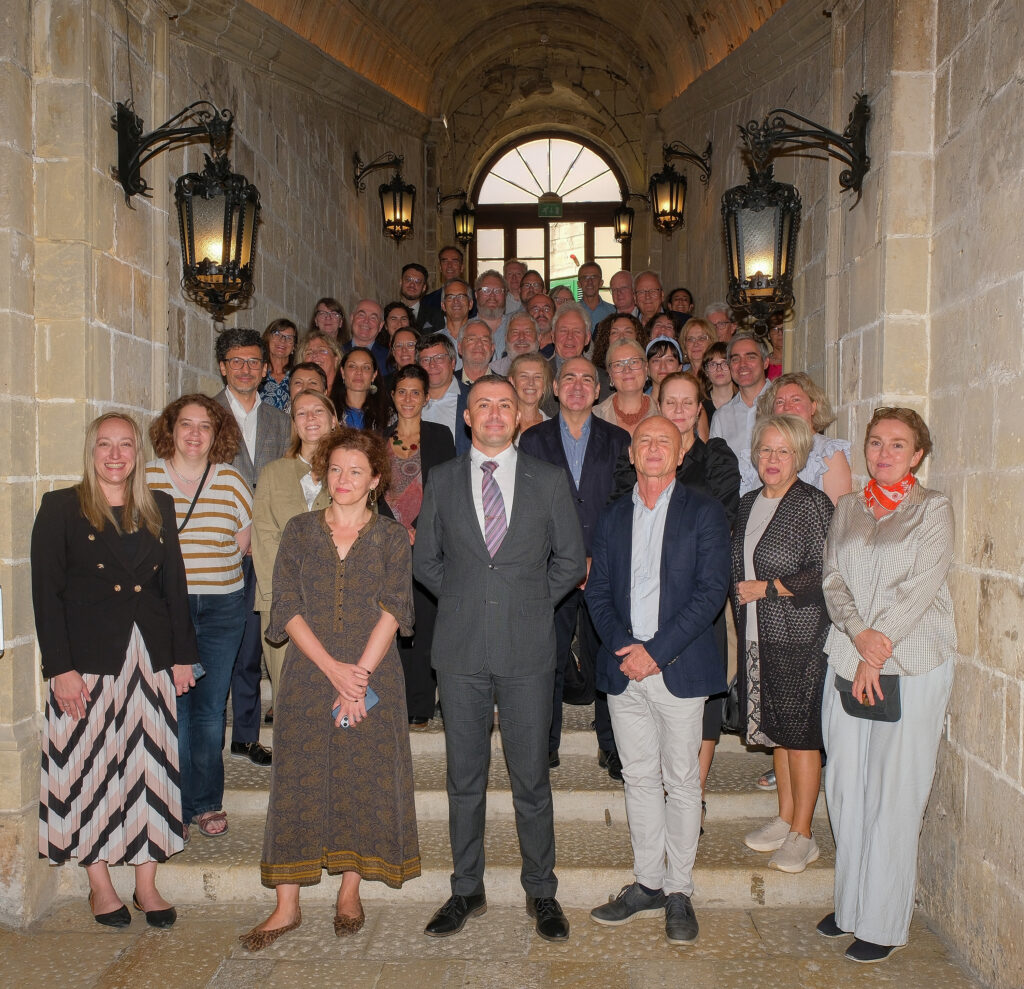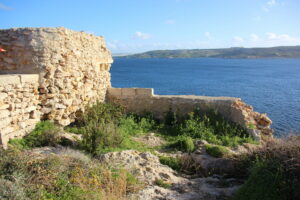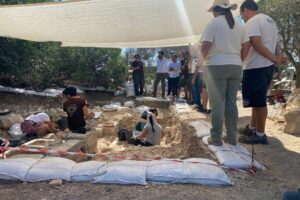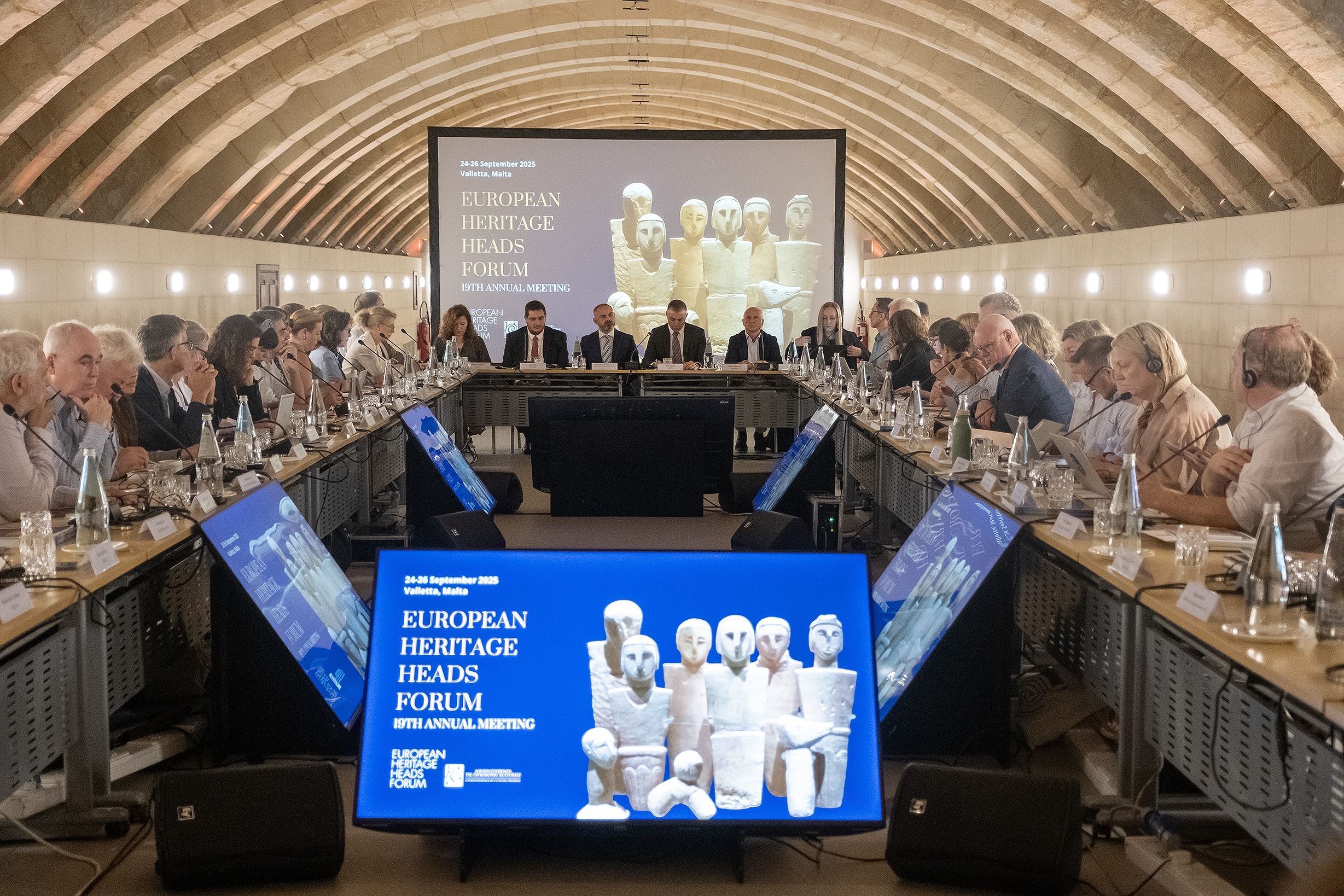
The Valletta Convention: 30 years in Practice
- Categories News
- Date October 7, 2025
The Superintendence of Cultural Heritage welcomed forty-eight Heritage Heads and their delegates from twenty-five European countries to Malta for the 19th European Heritage Heads Forum, held from the 24 to the 26 September at the Mediterranean Conference Centre. It is particularly fitting that the Forum took place in Valletta, the city that gave its name to the 1992 Convention on the Protection of the Archaeological Heritage, which stands at the centre of this year’s Forum.
Mr Nigel Vella, CEO of the Mediterranean Confernece Centre welcomed the delegates to the meticulously restored Ospitalieri Hall within the Sacra Infermeria, where most of the meetings were held. Honourable Minister Dr Owen Bonnici, Minister for Cultural, Lands, and Local Government, aptly addressed the importance of the convention within his opening remarks and explained how conservation and restoration of heritage sites are at forefront of the Maltese Government’s policy. The EU Commissioner for Youth, Intergenerational Fairness and Culture, Mr Glenn Micallef reaffirmed the European Union’s commitment towards achieving a balance between the protection of cultural sites and sustainable development, within his video address.
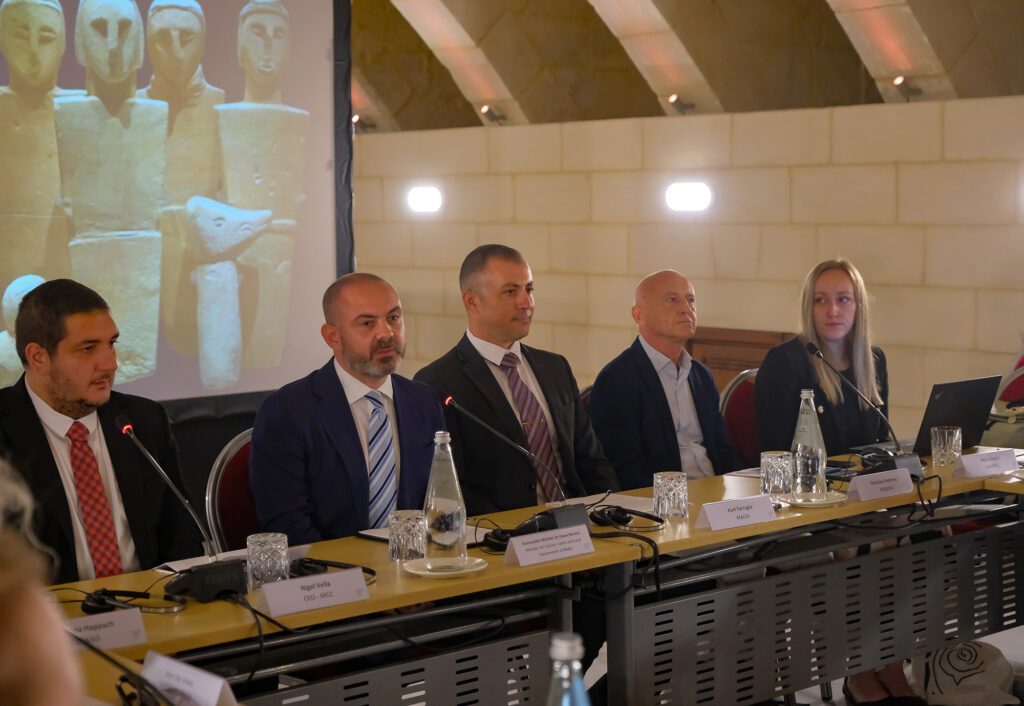
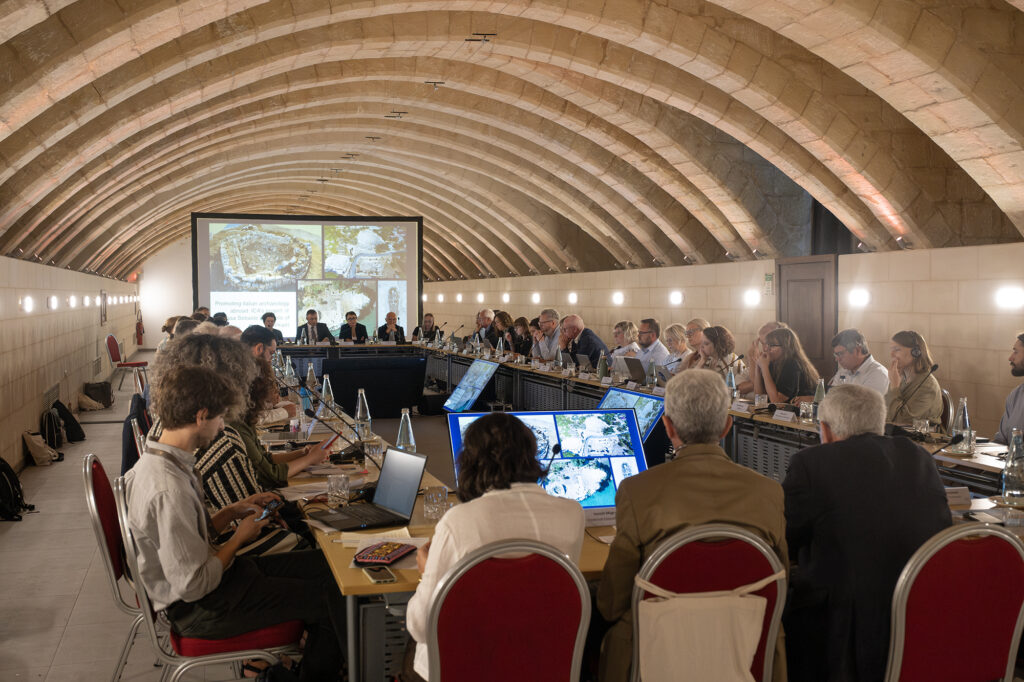
The Valletta Convention, formally known as the European Convention for the Protection of the Archaeological Heritage (revised), replaced and updated the original London Convention of 1969. It reflected the change in the nature of threats to the archaeological heritage, which now came less from unauthorised excavations, as in the 1960s, and more from the major construction projects carried out all over Europe from 1980 onwards. The Valletta Convention is a legally binding treaty adopted by the Council of Europe to safeguard Europe’s archaeological heritage. The revised Convention drew on twenty-two years of experience in implementing the original Convention. It established a body of new basic legal standards for Europe, to be met by national policies for the protection of archaeological assets as sources of scientific and documentary evidence, in line with the principles of integrated conservation.
The revised Convention makes the conservation and enhancement of the archaeological heritage one of the goals of urban and regional planning policies. It is concerned in particular with arrangements to be made for co-operation among archaeologists and town and regional planners in order to ensure optimum conservation of archaeological heritage. The Convention sets guidelines for the funding of excavation and research work and publication of research findings. It also deals with public access, in particular to archaeological sites, and educational actions to be undertaken to develop public awareness of the value of the archaeological heritage. Finally, the Convention constitutes an institutional framework for pan-European co-operation on the archaeological heritage, entailing a systematic exchange of experience and experts among the various States.
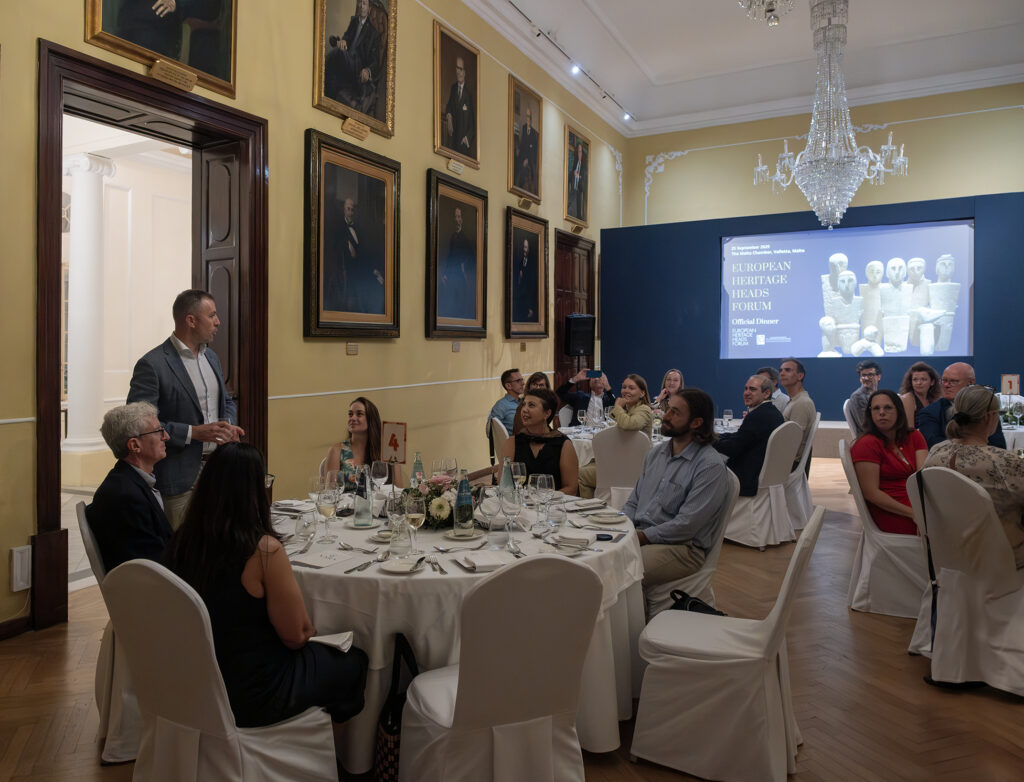
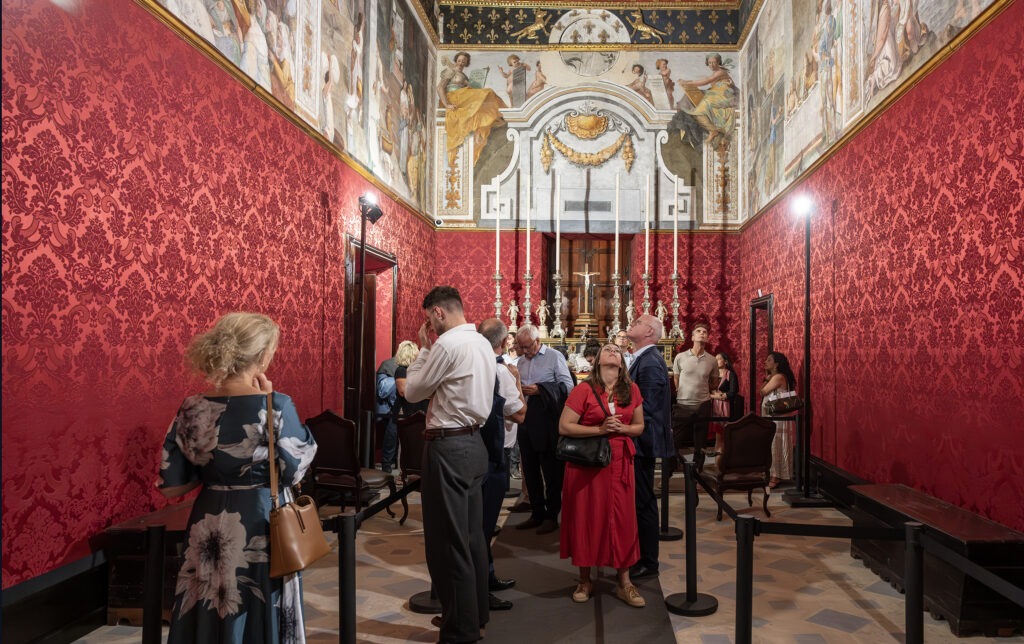
To mark the 30th anniversary of the revised Valletta Convention since it came into force, the Superintendence of Cultural Heritage has chosen it as the central theme of this year’s European Heritage Heads Forum (EHHF), as it remains a cornerstone of archaeological policy and heritage management in Europe.
This anniversary provides an opportunity to assess the Convention’s impact, ongoing relevance, and future in a rapidly evolving world. Ratified by 46 states, the Convention has significantly influenced the legal, disciplinary, and administrative frameworks of archaeology. It has promoted preventive archaeology, international cooperation, and stronger integration of heritage into planning and development. Importantly, the Convention has helped shift archaeology from a specialist pursuit to a shared public responsibility, enhancing access, education, and community engagement.
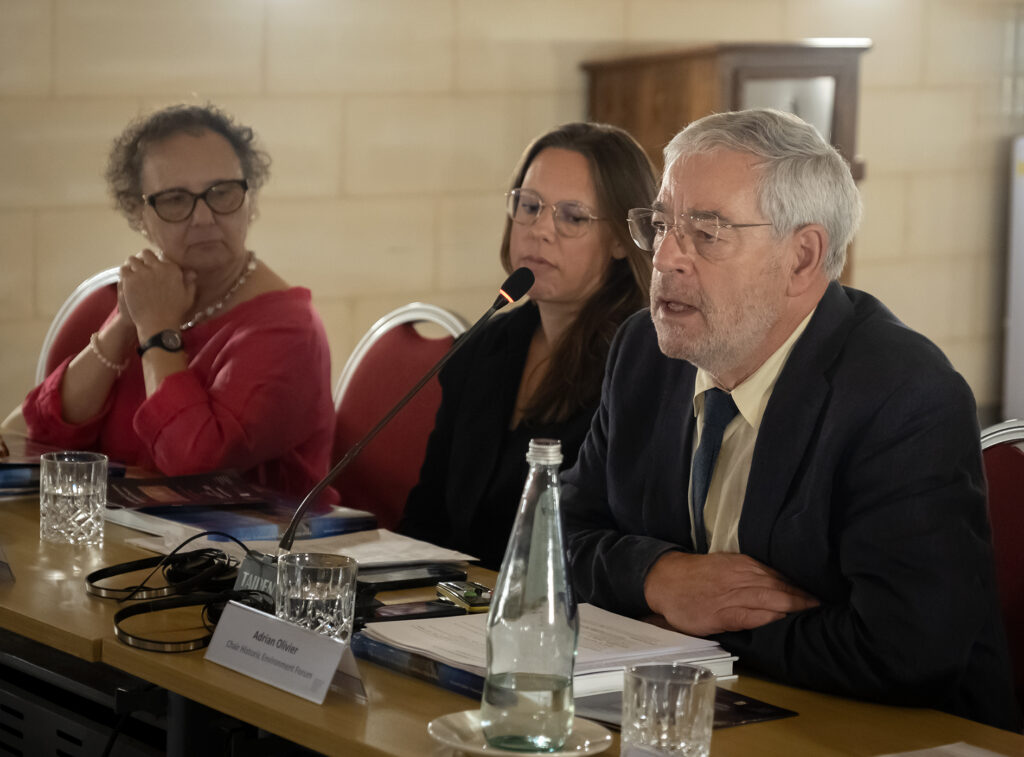
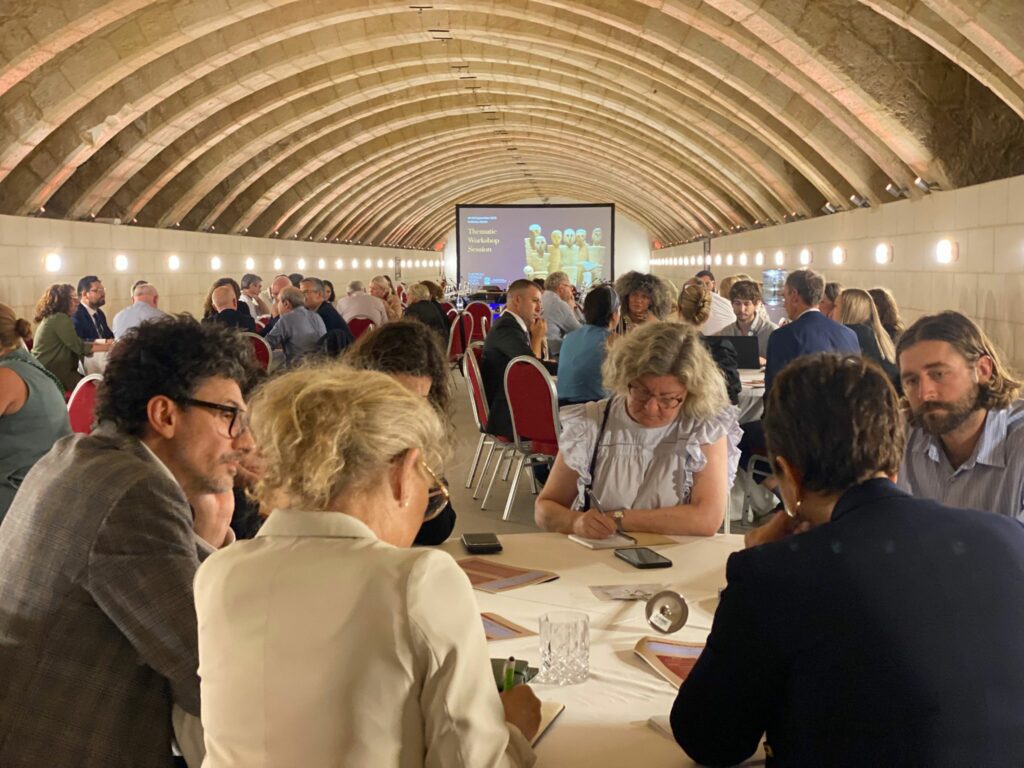
The Forum provides us with an invaluable opportunity to reflect together on the challenges we face in the 21st century: from the pressures of urban development to the impacts of climate change; to the threats of illicit trafficking. None of these challenges can be met in isolation. The strength of this Forum lies precisely in this community it represents, a network of trust and expertise where national perspectives enrich our shared European vision.
The Valletta Convention reaffirmed our shared responsibility to protect archaeological heritage, not simply as remnants of the past, but as sources of knowledge and identity. More than thirty years later, the principles enshrined in the Valletta Convention remain vital as ever and continue to guide us and remind us that our heritage is not a luxury, but a foundation for sustainable development and cultural resilience.
Thirty years on, it is timely to ask: where does the Valletta Convention stand today? Are its principles still guiding us effectively?
